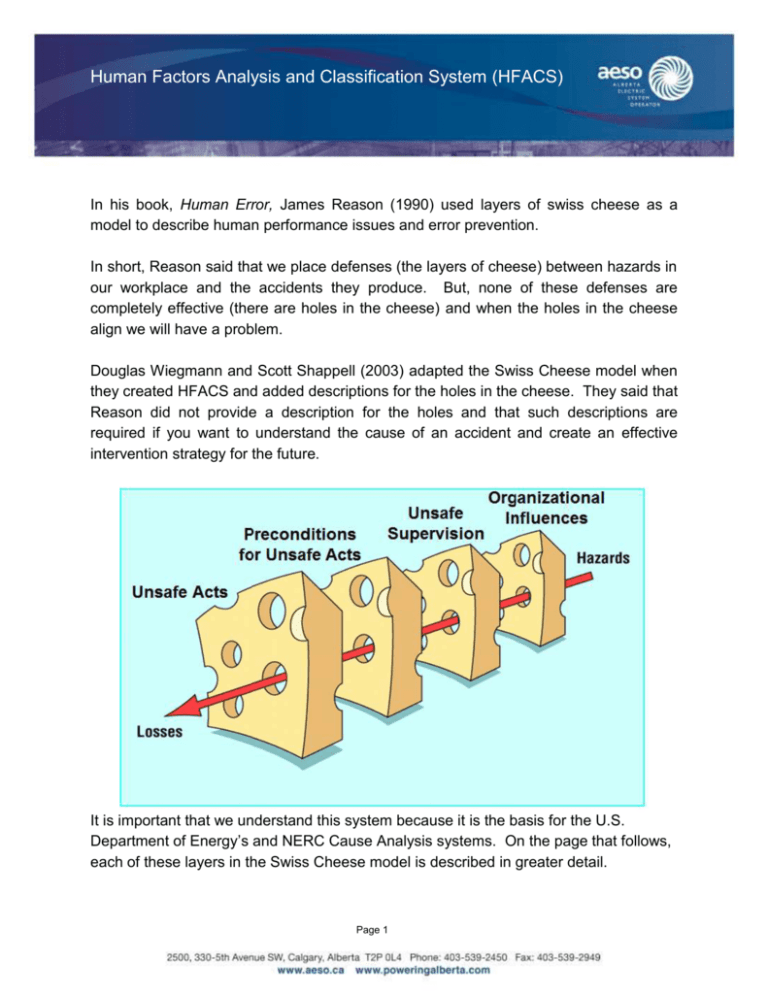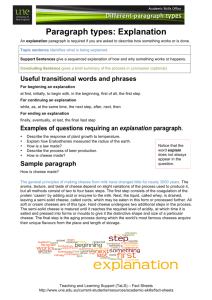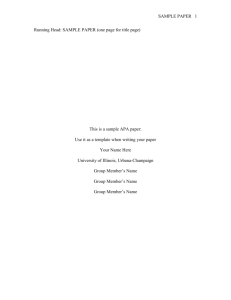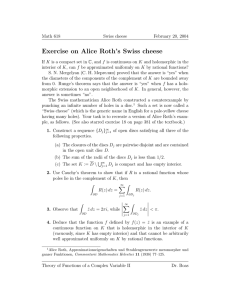HFACS: Human Factors Analysis & Swiss Cheese Model
advertisement

Human Factors Analysis and Classification System (HFACS) In his book, Human Error, James Reason (1990) used layers of swiss cheese as a model to describe human performance issues and error prevention. In short, Reason said that we place defenses (the layers of cheese) between hazards in our workplace and the accidents they produce. But, none of these defenses are completely effective (there are holes in the cheese) and when the holes in the cheese align we will have a problem. Douglas Wiegmann and Scott Shappell (2003) adapted the Swiss Cheese model when they created HFACS and added descriptions for the holes in the cheese. They said that Reason did not provide a description for the holes and that such descriptions are required if you want to understand the cause of an accident and create an effective intervention strategy for the future. It is important that we understand this system because it is the basis for the U.S. Department of Energy’s and NERC Cause Analysis systems. On the page that follows, each of these layers in the Swiss Cheese model is described in greater detail. Page 1 Page 2











